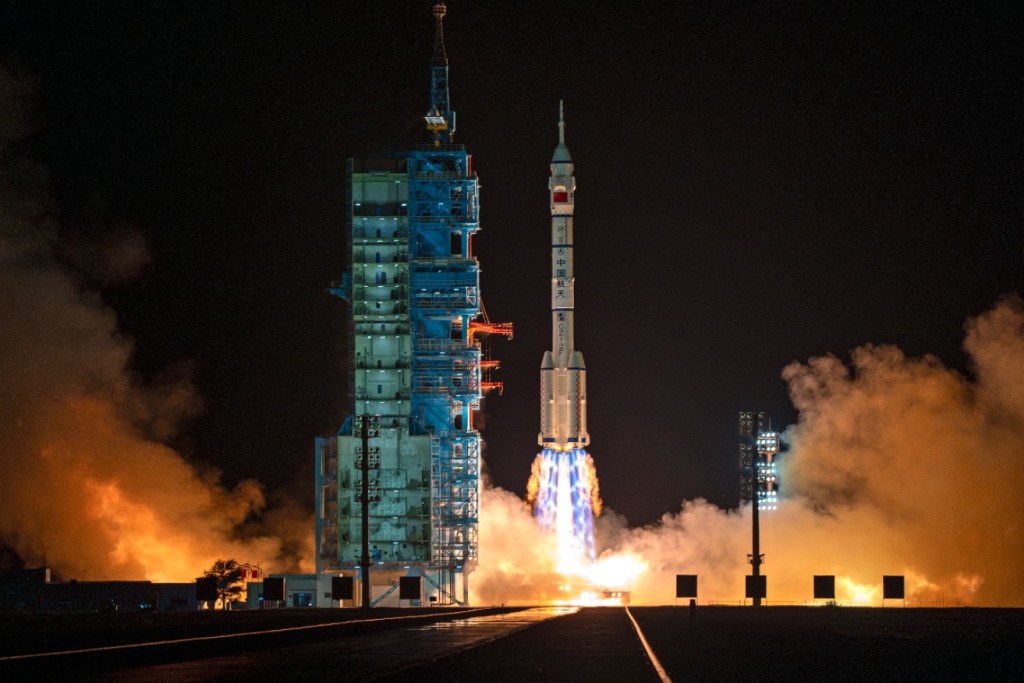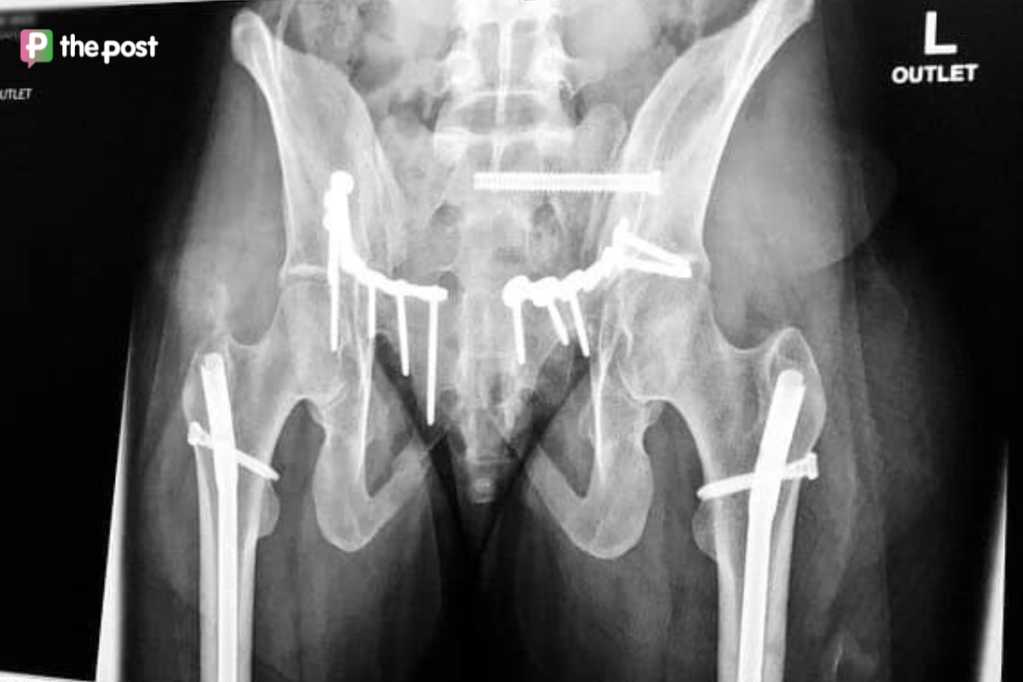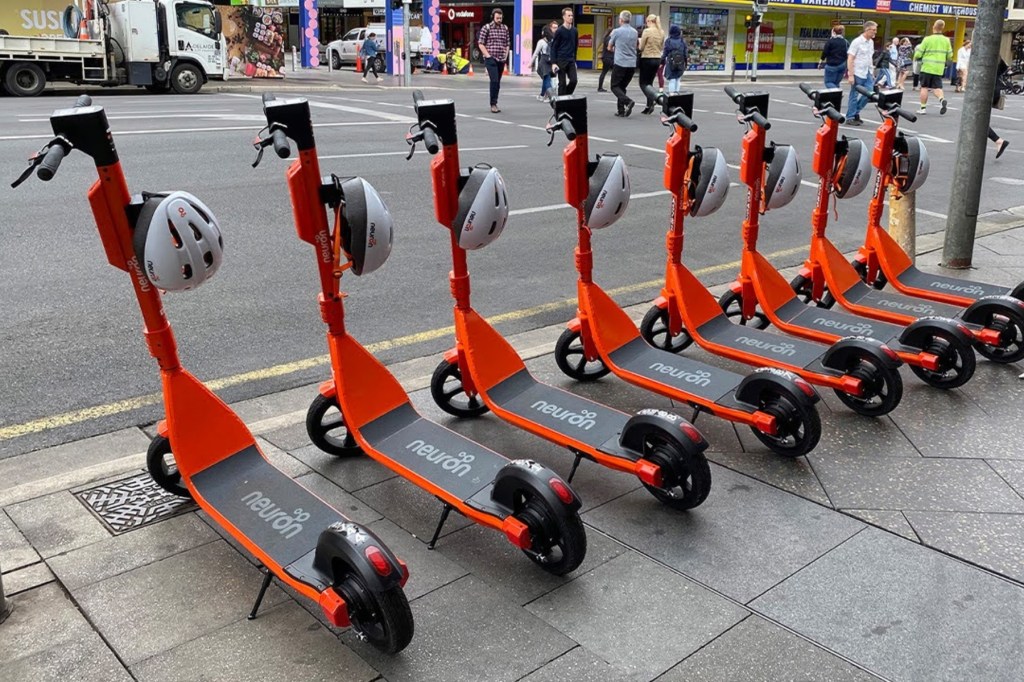Chinese astronauts to test moon base bricks in space
China has sent three astronauts to its permanently inhabited space station to conduct dozens of scientific experiments, some related to the building of a planned permanent moon base.

The spacecraft Shenzhou-19 and its three crew lifted off atop a Long March-2F rocket from the Jiuquan Satellite Launch Centre in northwest China at 7:27am AEDT on Wednesday, according to state media.
“During the Shenzhou-19 flight, 86 space sci-tech experiments will be carried out in the fields of space life sciences, microgravity physics, materials, medicine, new technologies,” Lin Xiqiang, deputy director of the China Manned Space Agency (CMSA), said in a press conference.
One of these experiments is expected to involve exposing bricks made from simulated lunar soil to conditions in space.
Should the tests prove successful, the bricks could be a key material used in the construction of a permanent lunar research station, which China hopes to complete by 2035, as it would in theory be more convenient than transporting building materials from Earth.
The bricks will be sent in a separate uncrewed cargo spaceflight to the Shenzhou-19 crew next month.
The Shenzhou crewed spaceflights have been a regular fixture of China’s space program for the past two decades and have increased in frequency in recent years as China built and began operating its “Tiangong” space station, officially completed in November 2022.
The fast development of China’s manned and unmanned space program has alarmed the United States, which has encountered issues with its own crewed spaceflights.
Two NASA astronauts brought to the International Space Station by Boeing’s Starliner capsule in June have been stranded there since due to unforeseen issues with the spacecraft’s propulsion system. They are expected to return in February 2025 on a SpaceX Crew Dragon spacecraft.
CMSA’s Lin said in order to avoid similar issues, the emergency response plan has been “continuously optimised” so that astronauts have more time to deal with scenarios such as damage to the Shenzhou-19 caused by space debris.
Stay informed, daily
Lin added that Shenzhou-20 and its carrier rocket were on standby and ready to perform an emergency rescue mission if necessary.
Since the launch of Shenzhou-14 in June 2022, Shenzhou missions have involved trios of astronauts and six-month stays in space, with an overlap period of several days where the departing crew hands over the station to the newly arrived group. The Shenzhou-19 crew is expected to return to Earth next year in April or May.
– AAP








